The Lake Wingra Watershed management plan has three top areas of concern, one is chlorides. As the graph below illustrates, the chloride levels continue to rise in Lake Wingra. Therefore, our collective action as a community has potential to slow the increasing rate of chloride concentration. This page suggests some calls to action you can take, what Friends of Lake Wingra is doing about chlorides, and some of the current and past projects we’ve worked on.
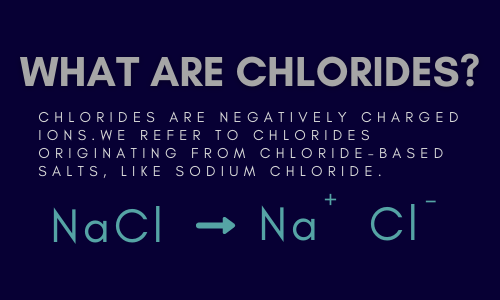
What you can do about chlorides
Reduce your impact on Lake Wingra
- Urge businesses to obtain salt certification or hire a certified applicator
- Use smart salting on your sidewalks and driveways
Level up your Salt Wise skills
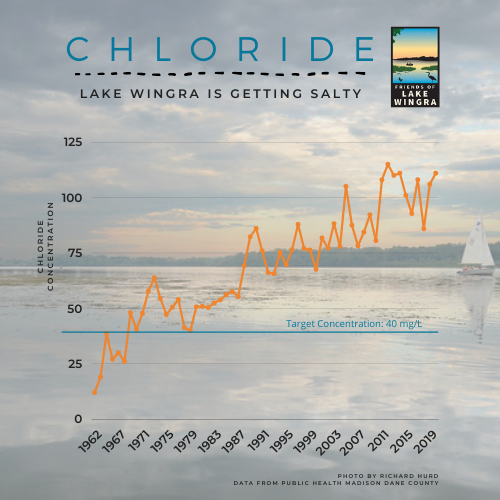
Why Chlorides?
Additionally, chlorides adversely impact vegetation, soil, groundwater, and surface water. Even more alarming, out of all the Yahara chain lakes, Lake Wingra has the highest chloride concentration. At one point, Lake Wingra had low concentrations in the 1960s. Then salt increased in popularity as a street de-icer. As a result, we see increased average concentrations as shown on the graph to the right. For example, in 1962 the average concentration was 12 mg/L, in 2020 it is 111 mg/L.
For chlorides to reach Lake Wingra they infiltrate groundwater and soil and also enter the stormwater sewer system.
What we’re doing about Chlorides
The largest contributor of salt in the Lake Wingra watershed comes from commercial/institutional/multi-family properties (47.2%). Second is the City of Madison Streets (34.9%). By sharing information with the public we feel individuals and businesses have resources to better understand the issue and know how we all can tackle the problem together.
Our Lake Wingra Chloride Projects
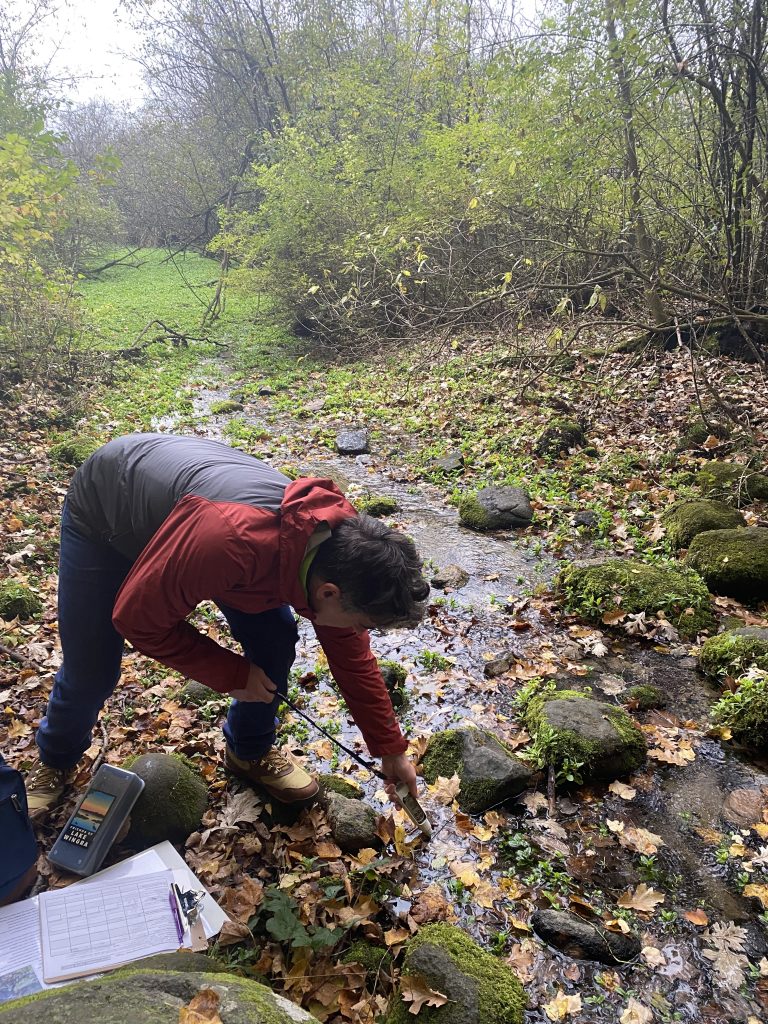
Monitoring Chloride Levels in Lake Wingra’s Springs, 2011 to present
Friends of Lake Wingra and volunteers are actively monitoring the chloride levels of Lake Wingra’s springs in collaboration with the
UW-Madison Arboretum to determine long-term trends in chloride inputs and to help inform decisions regarding salt use in the Wingra watershed. This project was started in 2011 by Roger Bannerman, with support from Friends of Lake Wingra. Its goal is to determine if the groundwater supplying Lake Wingra’s unique springs is experiencing acute or chronic chloride impairments. We hope to use this data to help inform policy decisions impacting Lake Wingra and advocate for decreased salt use.
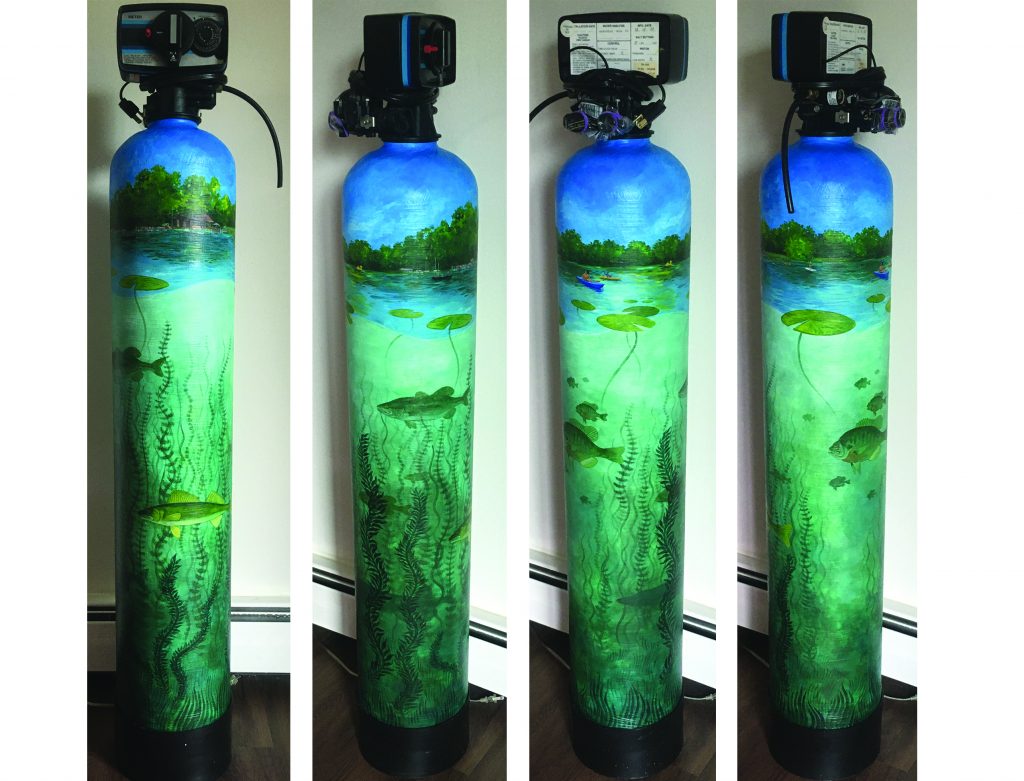
Water Softener Art Mural, Fall 2020-Summer 2021
In 2020, we kicked off an initiative to raise awareness of how road salt and water softeners impact our freshwater resources. A water softener with a painted mural of Lake Wingra moved throughout the watershed to help notify the general public about the issue and how they can help. The water softener art mural was displayed at Henry Vilas Zoo and Wingra Boats! We also held a Salt in Water Softener Event, providing educational outreach about where the salt in your water softener goes. Hannah Sandvold, a Madison-based freelance graphic designer and artist, created the mural. You can see her work at
hcsandvold.com
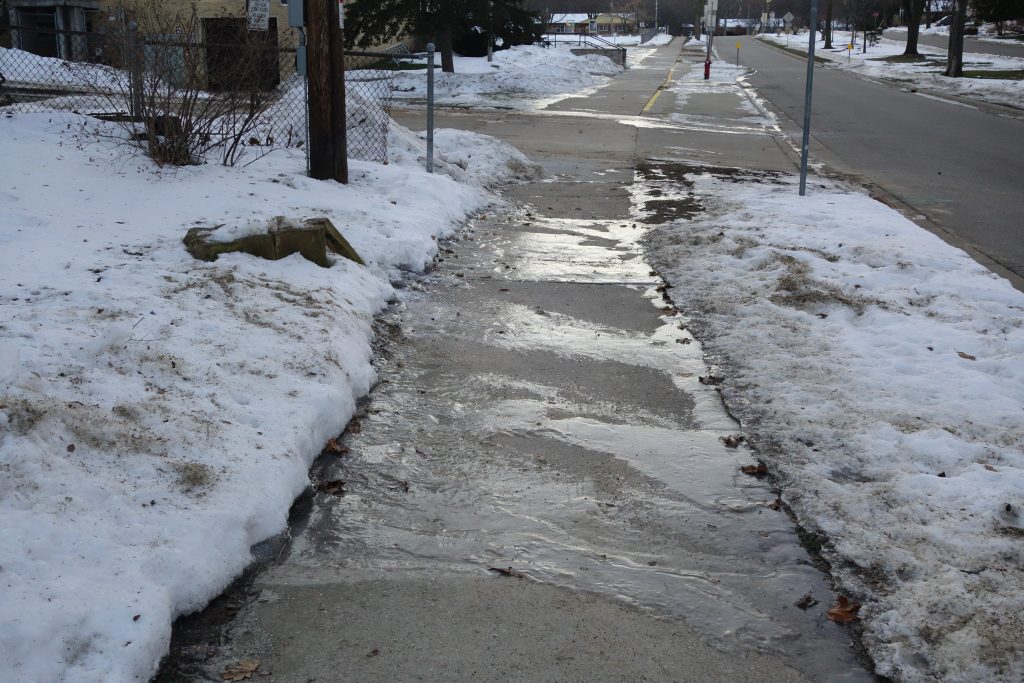
Salt Education Workshop, Jan 2020
In January 2020, we worked with local neighborhoods and UW graduate students to host a salt education workshop. The cohort created a
blueprint for salt sustainability at the campus. At the workshop they discussed their project, shared the Salt Awareness Learning Tool (S.A.L.T), and provide hands on activities participants could engage with to practice smart salting.
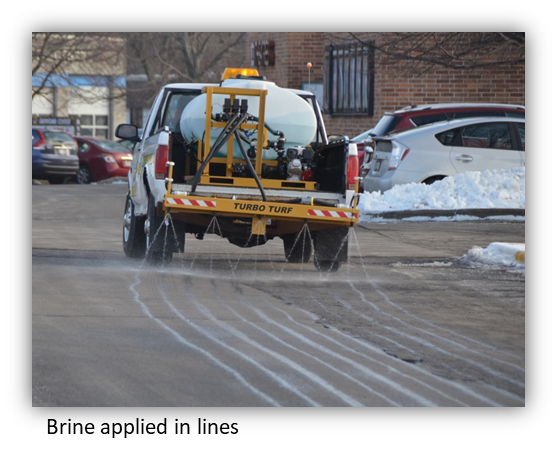
Brine Application Study, 2015-2017
In the Lake Wingra Watershed, nearly half of the chloride that enters the Lake is from commercial, multifamily, or institutional properties. These types of properties typically utilize commercial contractors for winter snow removal. Therefore, it requires a collaborative effort between many parties (e.g., winter maintenance professionals, the City, FoLW, property managers) to identify the best ways to reduce winter salt use. From December 2015 – March 2017 Friends of Lake Wingra worked on a
road salt reduction project to better understand how rock salt application levels could be reduced through (1) teaching private salt applicators about appropriate salt application rates, and (2) utilizing brine as a pre-treatment.






